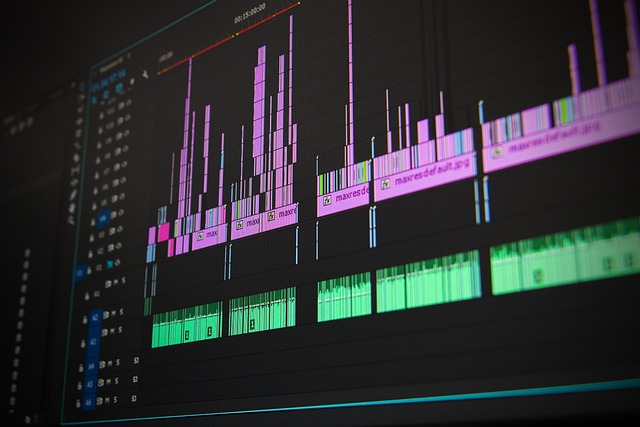In today's digital age, where multimedia content is ubiquitous, ensuring devices work seamlessly together is crucial. Users often face compatibility issues due to differing video codecs like DivX and WMV. Converting DivX to WMV expands playback compatibility across various devices and platforms, enhancing user experience by facilitating easy data transfer and connectivity. This conversion allows users to enjoy media content without format limitations, exploring a diverse multimedia world more freely.
In today’s digital landscape, seamless video integration across devices is crucial. This article explores why converting formats like DivX to WMV is essential and how it enables compatibility on smartphones, tablets, computers, and smart TVs. We’ll delve into the benefits, techniques, and real-world applications of this process, highlighting its impact on user experience, content creators, and media streaming services. Discover advanced tools and strategies that optimize video quality while ensuring a versatile and efficient multimedia ecosystem.
Understanding Convert DivX to WMV: The Need for Seamless Integration

In today’s digital landscape, where multimedia content is ubiquitous, ensuring seamless integration between devices is paramount. This is especially true when dealing with various video formats, such as DivX and WMV. The need to convert DivX to WMV arises from the fact that not all devices support the same codecs and containers, creating a compatibility gap. Users often find themselves in a labyrinthine journey, navigating through different software and tools, just to play their favorite videos on their desired device.
Seamless integration, in this context, means the ability to effortlessly convert and play DivX videos as WMV files, ensuring compatibility across multiple devices. This process enables users to enjoy their media content without the hassle of format limitations, fostering a more enjoyable digital experience. By bridging the gap between DivX and WMV, users can embrace a vibrant and diverse world of multimedia without being constrained by technical barriers.
– Why converting video formats is crucial in today's digital landscape

Converting video formats, such as converting DivX to WMV, is increasingly crucial in today’s digital landscape. With a wide array of devices and platforms in use, content creators and consumers alike often find themselves dealing with incompatible file types, hindering seamless playback and sharing experiences. This is particularly true across diverse operating systems and media players, where certain formats may be optimized for one platform but not another.
Converting video files ensures that multimedia content can reach a broader audience, facilitating easy access on various devices, from smartphones and tablets to computers and smart TVs. It also plays a vital role in enhancing online streaming experiences, ensuring compatibility with different streaming platforms and improving overall user satisfaction.
– Introduction to DivX and WMV formats and their common use cases

The DivX and WMV formats are two commonly used video codecs with distinct applications. DivX, short for Digital Video Express, is a versatile codec known for its high-quality compression, enabling efficient storage and streaming of videos. It supports a wide range of video and audio codecs, making it popular among users looking to convert various media formats. On the other hand, WMV (Windows Media Video) is a proprietary format developed by Microsoft, primarily used within the Windows ecosystem. It offers good compression ratios and is often chosen for its compatibility with specific devices and platforms, such as Xbox and Windows Media Player.
Converting DivX to WMV can be beneficial when you need to share videos across different devices or platforms. This process allows users to take advantage of WMV’s compatibility with a broader range of devices, ensuring seamless playback without format-related issues. With the right conversion tools, users can easily adjust video settings, maintain quality, and optimize files for specific use cases, making these codecs adaptable and accessible in today’s diverse digital landscape.
The Benefits of Seamless Device Integration

Seamless device integration offers numerous benefits for users, especially when converting DivX to WMV format. By enabling easy connectivity and data transfer between various devices, such as smartphones, tablets, computers, and media players, users can enjoy their multimedia content without hassle. This convenience is particularly valuable for those who frequently travel or have multiple devices with different video formats.
With seamless integration, the process of converting DivX to WMV becomes more accessible. Users no longer need to worry about compatibility issues as their devices can seamlessly work together. This enhances productivity and ensures a smooth user experience, regardless of whether they are watching videos on a plane, presenting on a laptop, or enjoying media on a smartphone.
Converting DivX to WMV offers seamless integration with various devices, ensuring compatibility across different platforms. This simple process allows users to enjoy their videos without hassle, making it a convenient and effective solution for today’s digital needs. By eliminating format barriers, folks can focus on what matters most: experiencing their media without interruption.
